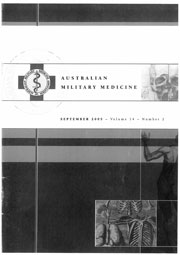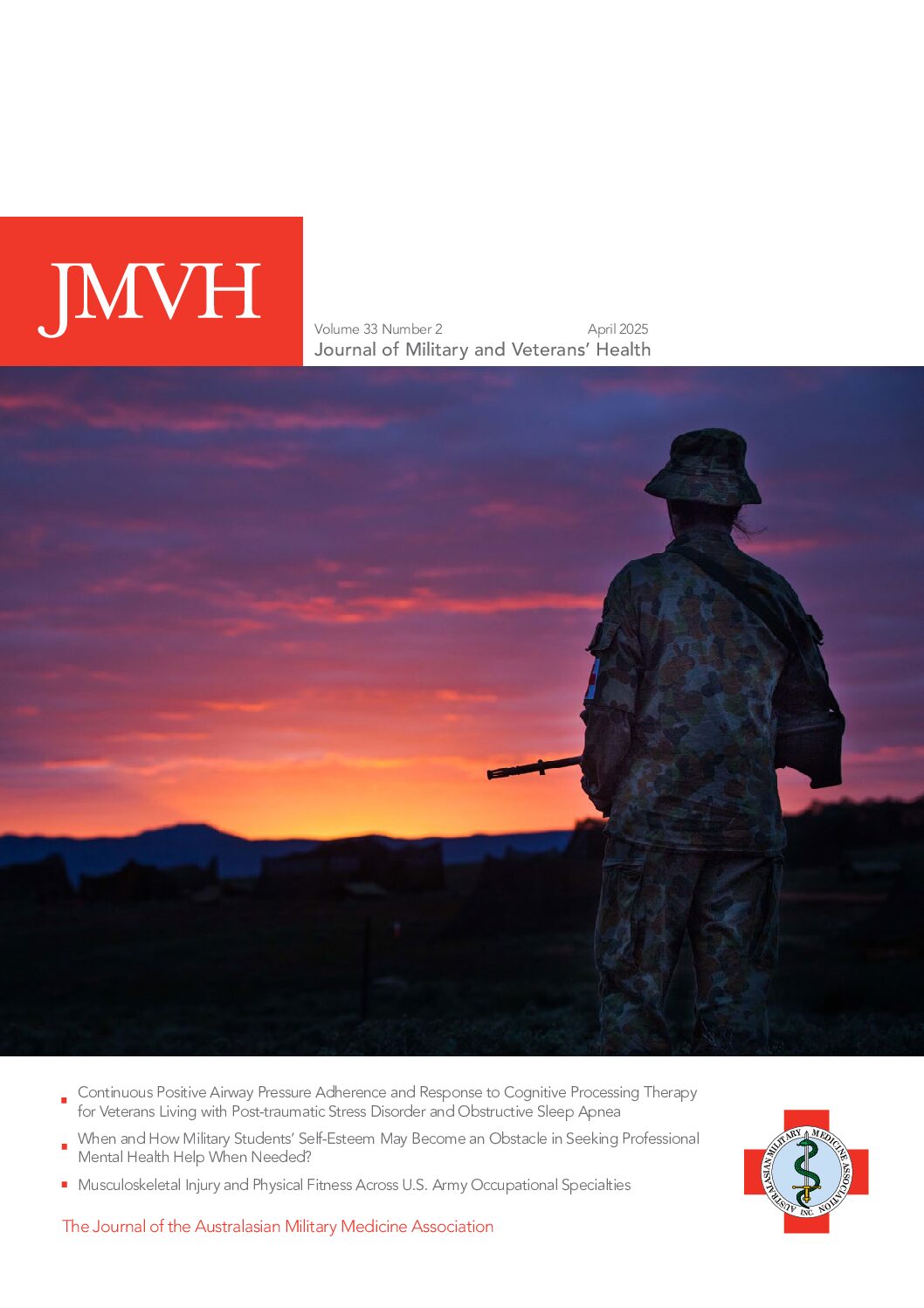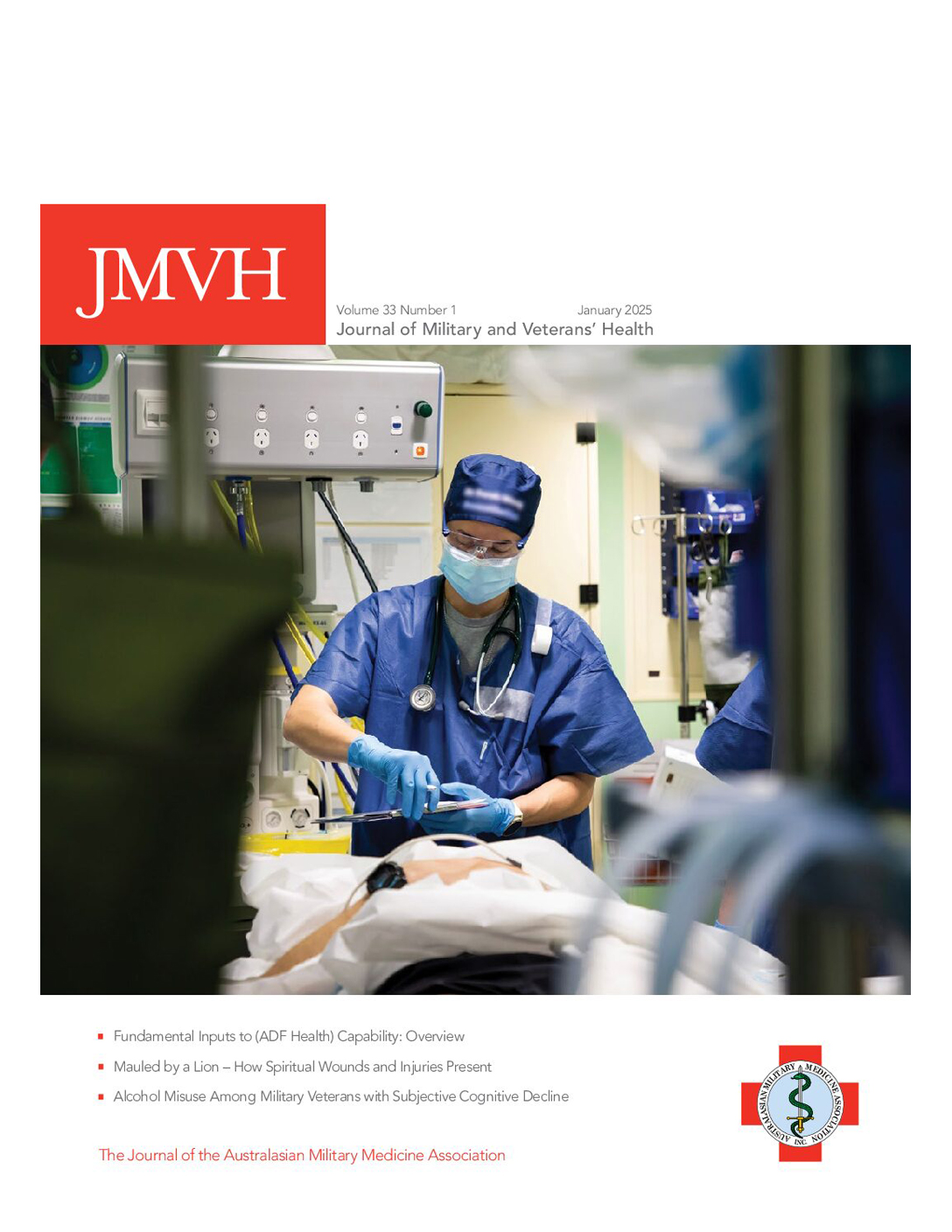Editor’s Comment
This year continues to be a turbulent one, with the devastation caused by hurricanes in the southern United States echoing the natural disasters so close to our own borders earlier this year. As signalled in the first journal this year, a themed edition will be published in November dedicated to Operation Tsunami/Sumatra Assist, and other… Read more »




 Download the whole edition here.
Download the whole edition here.


